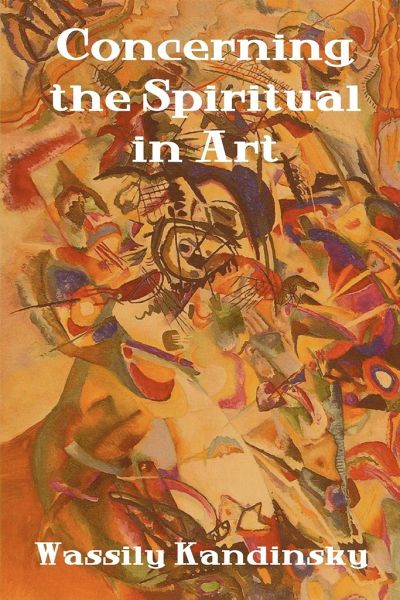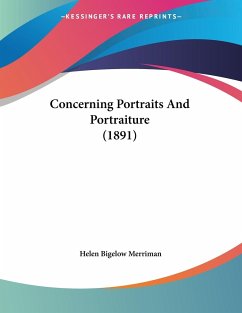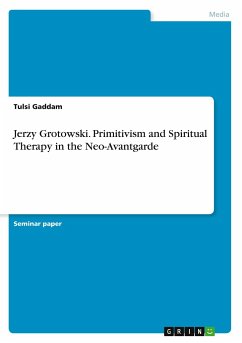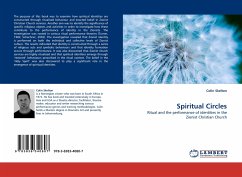
Concerning the Spiritual in Art
Versandkostenfrei!
Versandfertig in 1-2 Wochen
11,99 €
inkl. MwSt.

PAYBACK Punkte
6 °P sammeln!
Excerpt: ...There is, however, in art another kind of external similarity which is founded on a fundamental truth. When there is a similarity of inner tendency in the whole moral and spiritual atmosphere, a similarity of ideals, at first closely pursued but later lost to sight, a similarity in the inner feeling of any one period to that of another, the logical result will be a revival of the external forms which served to express those inner feelings in an earlier age. An example of this today is our sympathy, our spiritual relationship, with the Primitives. Like ourselves, these artists sough...
Excerpt: ...There is, however, in art another kind of external similarity which is founded on a fundamental truth. When there is a similarity of inner tendency in the whole moral and spiritual atmosphere, a similarity of ideals, at first closely pursued but later lost to sight, a similarity in the inner feeling of any one period to that of another, the logical result will be a revival of the external forms which served to express those inner feelings in an earlier age. An example of this today is our sympathy, our spiritual relationship, with the Primitives. Like ourselves, these artists sought to express in their work only internal truths, renouncing in consequence all consideration of external form.



![Concerning the Spiritual in Art and Painting in Particular [An Updated Version of the Sadleir Translation] Cover Concerning the Spiritual in Art and Painting in Particular [An Updated Version of the Sadleir Translation]](https://bilder.buecher.de/produkte/41/41152/41152228n.jpg)








